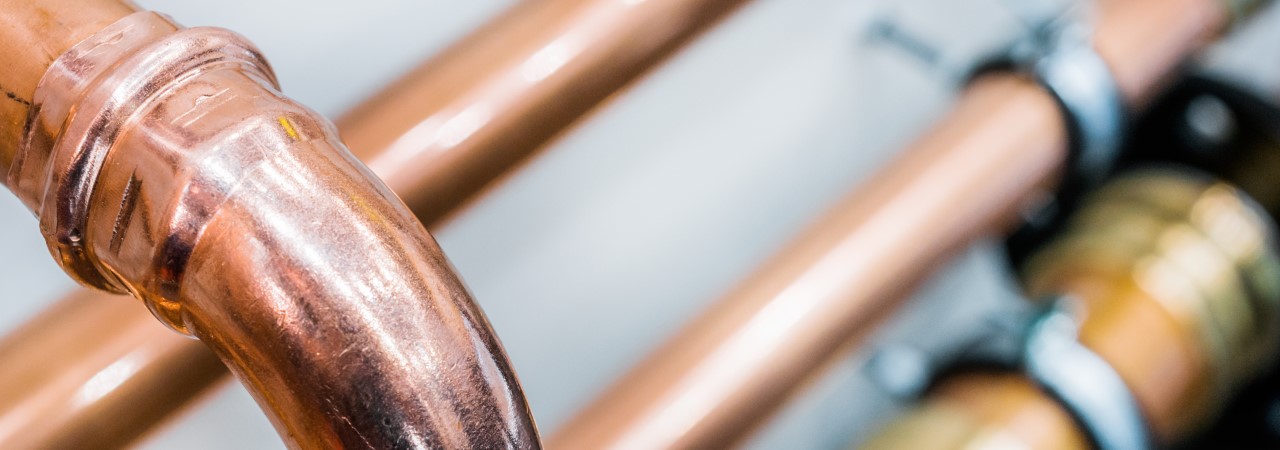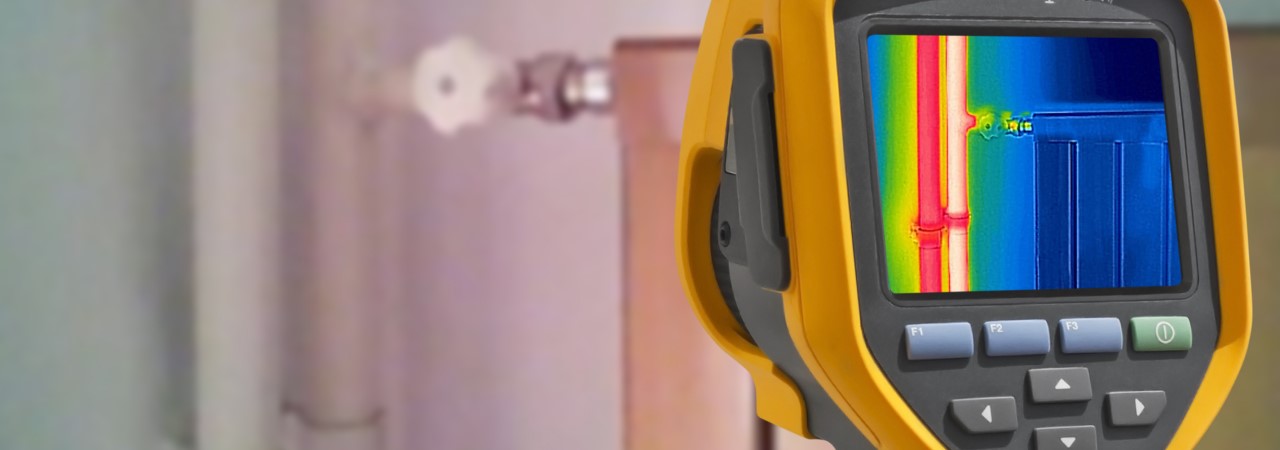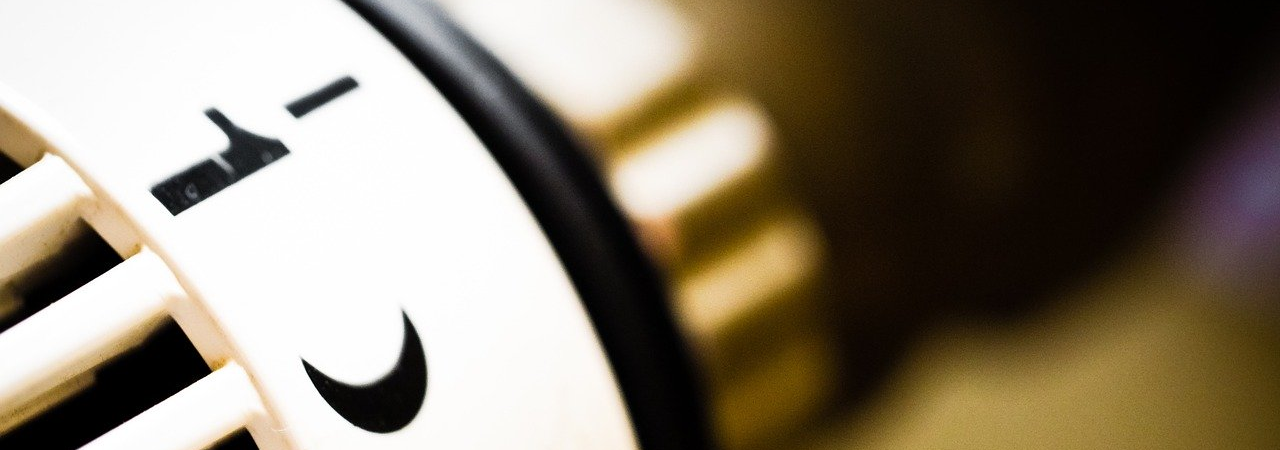Trace and Access insurance claims explained in 10 minutes
If you’re feeling confused by the world of water leaks, Trace and Access, insurance claims and home repairs, then we promise you’re not alone! With lots of jargon and the risk of being told different things by different people, the whole process can lead to a lot of head scratching and frustration.
In this short article, we walk through the typical journey of a Trace and Access claim. From suspecting a water leak, all the way through to completing repairs on your home. We hope that by the end of this article you’ll have a good understanding of what to do next, who to speak to and the things to avoid.
Suspecting a water leak
The process usually starts with you suspecting that you have a water leak. Sometimes the signs are obvious (e.g. water dripping from the ceiling, or damp patches on walls), or sometimes they are more subtle (e.g. unusually-high water bills, mould or mildew forming, or a loss in central heating pressure).
If you are fortunate, then the source of the water leak is both obvious and accessible – meaning it’s reachable to be repaired. But if not, then you may require a Trace and Access specialist who can locate the source of the water leak and make it accessible for repair.
Contacting your insurance company
It’s wise to contact your insurance company early (assuming you intend to make a claim). Many policies will include ‘Trace and Access’ cover and your insurer will probably advise you to seek the services of a Trace and Access company. Such companies are specialists in the field and carry dedicated equipment, which may make them preferable to using a non-specialist.
The Trace and Access specialist will then locate your water leak, make it accessible (also known as ‘exposing the leak’) and produce formal documentation for your insurance company. Once complete, you pass the report to your insurer who should re-imburse you for the Trace and Access cost.
Repairing the water leak
Trace and Access does not include the repair of the water leak. So, at this stage you’ll most likely need to arrange for the water leak to be repaired. Some Trace and Access companies (like ourselves) also offer water leak repair services. If not, you could contact a plumber. Beware that whilst some insurance policies will cover you for the cost to repair the water leak, many will not. So be sure to check your insurance policy and be prepared to absorb the cost of the leak repair.
Drying your home
In some more severe cases, your home may need to be dried before the damage can be repaired. Dehumidifiers and dryers should be carefully installed in calculated positions within your home to dry it as quickly and safely as possible. It’s very important to use a reputable drying company as part of this process. Most insurance policies will cover the cost of such, and the cost of electricity consumed as part of the process. At the end of this stage you should receive a drying and electrical usage certificate, both of which should be passed to your insurer (assuming you’re making a claim).
Repairing the damage caused by the water leak
Following the repair of the water leak (and possible drying of your home), you’ll need to arrange to repair the damage to your home caused by the leak. Unfortunately, water leaks often cause a lot more damage than originally thought – so it’s best to carefully consider whether you want to absorb that cost yourself or make an ‘escape of water’ insurance claim, which will cover the cost to restore your home to its ‘pre-loss condition’.
Should you choose the latter then you’ll need to choose a repair specialist to complete these works. They will survey the damage to your home and produce a ‘scope of works’ and an associated quotation. Your insurance company may send a representative known as a ‘loss adjuster’ to examine the damage to your home. Their role will be to ensure that the scope of works and quotation from your specialist are fair and accurate.
At this stage there may be some back and forth negotiations, so it may be preferable to use a repair specialist with significant experience of insurance repairs. But once approved, repairs can typically start very quickly. On completion of the repairs, you will be required to sign a satisfaction note. On receipt of this note, your insurer will make payment either directly to the repair specialist, or to yourself so that you can pass the payment onto the specialist.
It’s important that:
- You do act quickly – as soon as you suspect a water leak. Not only will this reduce the damage to your home, but insurers may reject part of, or all your claim if they feel you have not acted quickly enough
- You document the entire process. Start a ‘claim file’, taking photographs of damage, the source of the water leak and documenting any correspondence (with your insurer or third parties) throughout the lifetime of the process
- Your home is kept in good repair. Insurance companies will want to see that you took reasonable measures to prevent this from happening. So, if you’re roof is in a bad state of repair, water pipes are corroded, or bath seals broken (to name a few examples) then you may have part of, or all your claim rejected
Related reading:
We hope that you have found this article useful. Be sure to take a look at the related articles below, which go into a little more depth around key topics:

 Pinpoint Trace and Access Ltd.
Pinpoint Trace and Access Ltd. Pinpoint Trace and Access Ltd.
Pinpoint Trace and Access Ltd. Pinpoint Trace and Access Ltd.
Pinpoint Trace and Access Ltd. Pinpoint Trace and Access Ltd.
Pinpoint Trace and Access Ltd. Pinpoint Trace and Access Ltd.
Pinpoint Trace and Access Ltd. Pinpoint Trace and Access Ltd.
Pinpoint Trace and Access Ltd. Pinpoint Trace and Access Ltd.
Pinpoint Trace and Access Ltd. Pinpoint Trace and Access Ltd.
Pinpoint Trace and Access Ltd. Pinpoint Trace and Access Ltd.
Pinpoint Trace and Access Ltd.